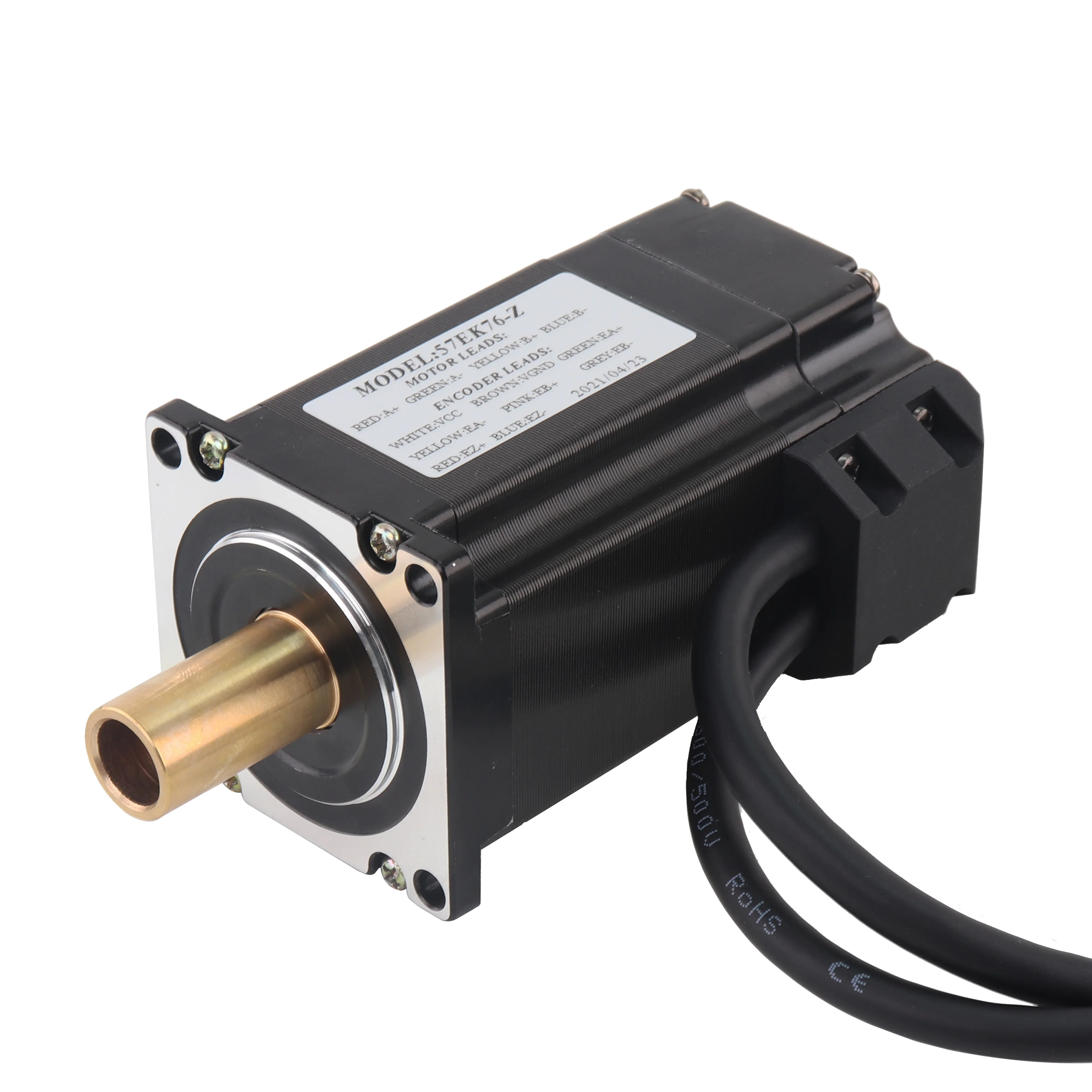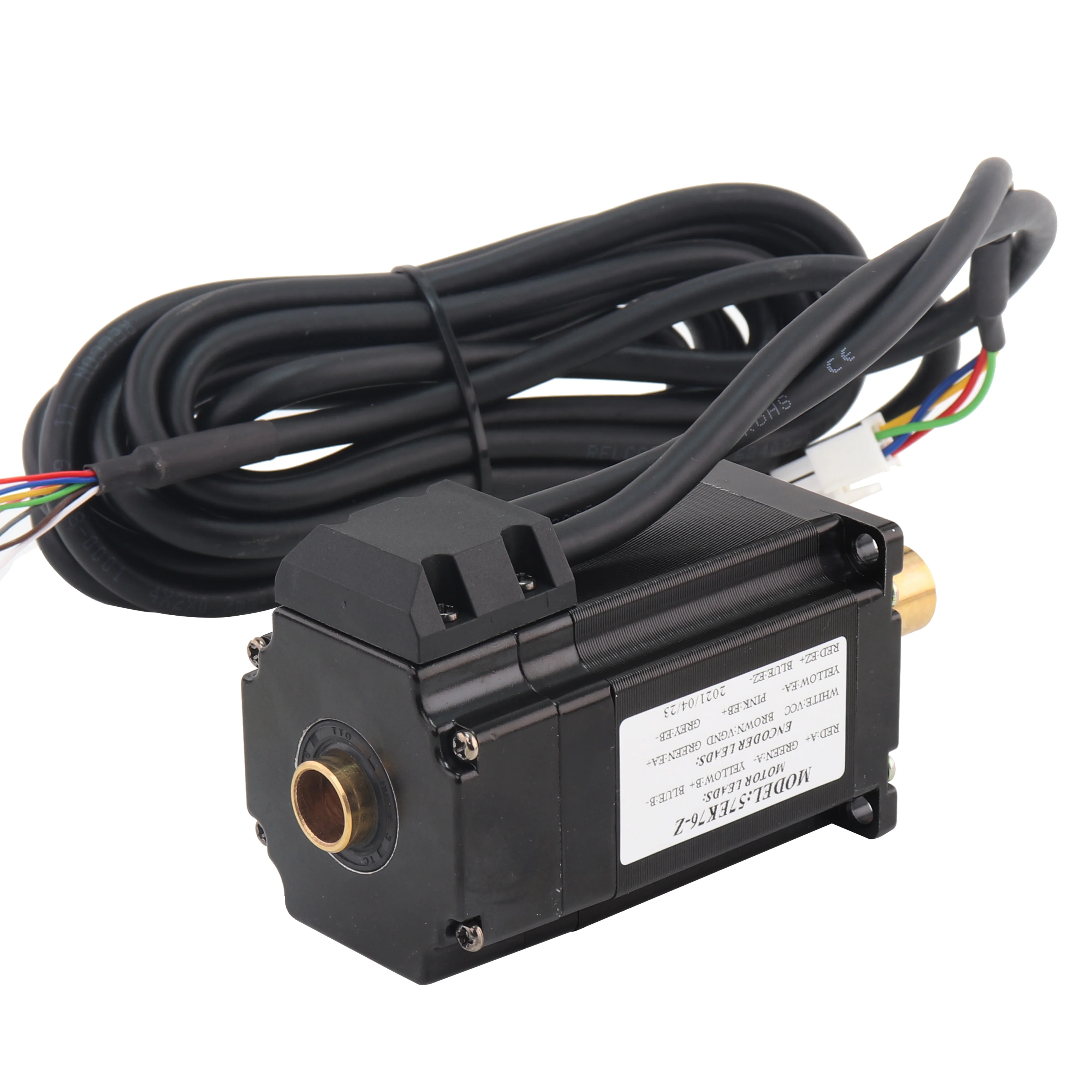Closed loop stepper motors, such as those used by NEMA 17 motors, are really exciting technology that can help machines work better and more precisely. Read on to learn about closed loop technology in NEMA 17 stepper motors, and how it can take them to the next level!
Closed loop technology is akin to having a special system that can whisper in the motor’s ear how much power it needs to move. That means the motor can function more efficiently and precisely, a consideration when machines themselves must operate smoothly. The addition of the closed-loop technology to the NEMA 17 stepper motors will enable these motors to run smoother and more accurate which leads to better performance overall.
A great thing about closed-loop technology is that it assists NEMA 17 stepper motors in becoming more precise in their movement. What this means is that they can behave exactly perfectly, without mess or mistakes. With closed loop technology, NEMA 17 motors can also reach higher performance more efficiently, meaning machines get faster and more precise work.

NEMA 17 stepper motors can be fitted with a Closed loop system for increased performance and stability. Closed Loop Technology and NEMA 17 Motors: A Powerful Duo With closed loop, and NEMA 17 type closed loop motors combinable to make machines stand out at their best. This integration can enhance the bandwidth of machines, to increases the reliability and accuracy of their motion.

Perhaps, the greatest advantage of closed loop technology in NEMA 17 stepper motors is that it can be effective in preventing stalling and missed steps. Stalling is when the motor is unable to move and gets stuck, missed steps is when the motor skips steps. By paying attention to them, NEMA17 motors can keep these issues at bay, and perform operatings smoothly and continuously.

In general, to make NEMA 17 motors more reliable and efficient, companies can take advantage of closed loop stepper technology. When these motors are used with closed loop systems, they can operate more precisely and fluidly, enabling machines to run better and more efficiently. This in turn can mean better performance and efficiency – which can help machines do their best work and get great results.